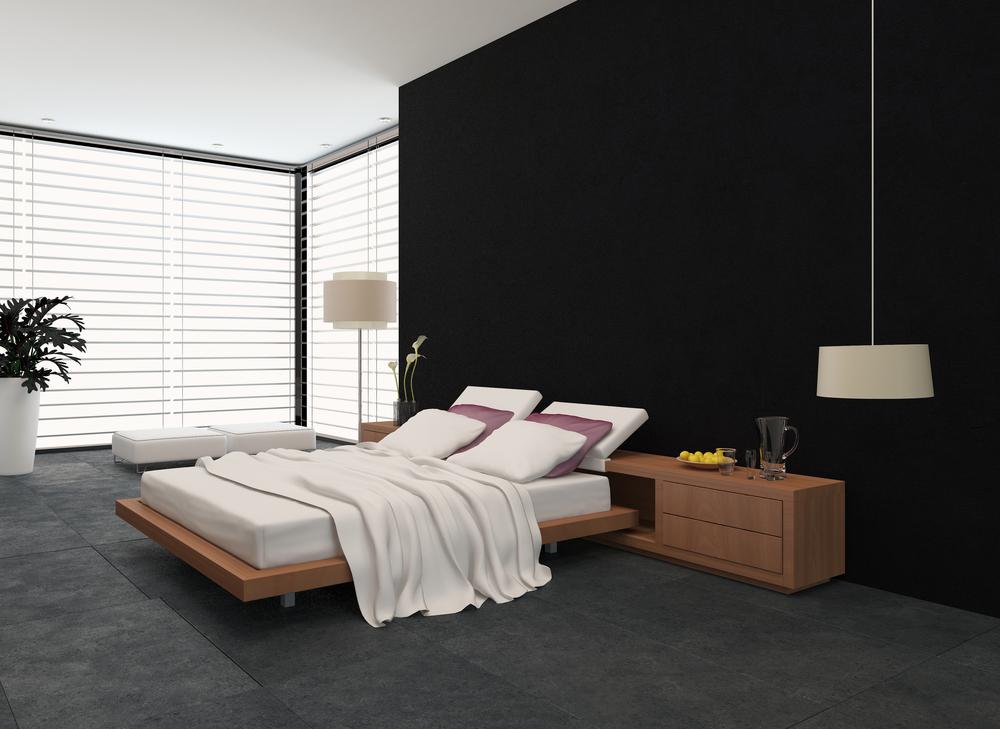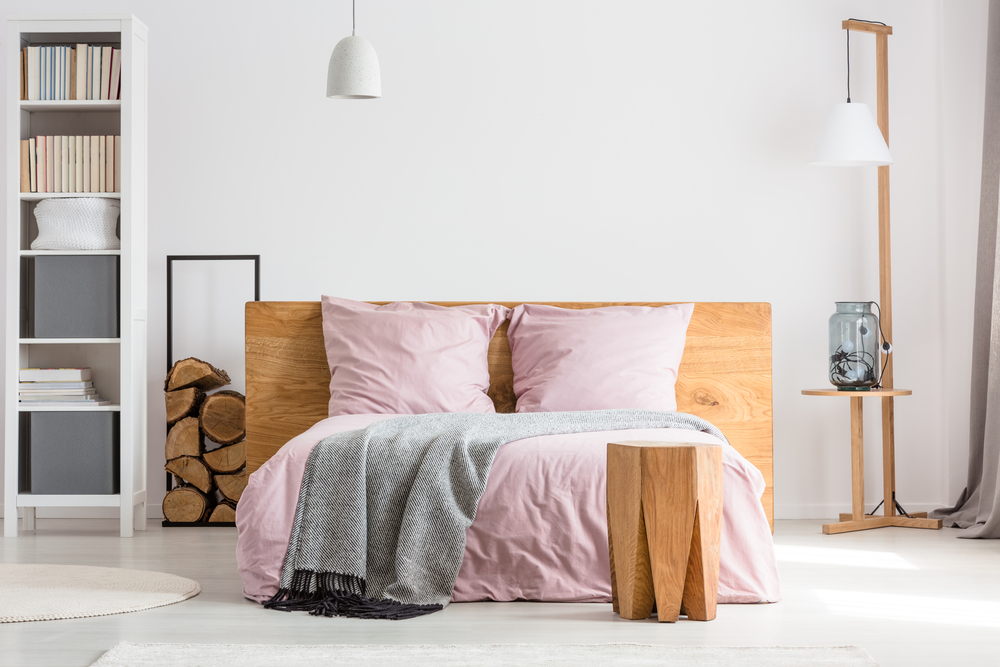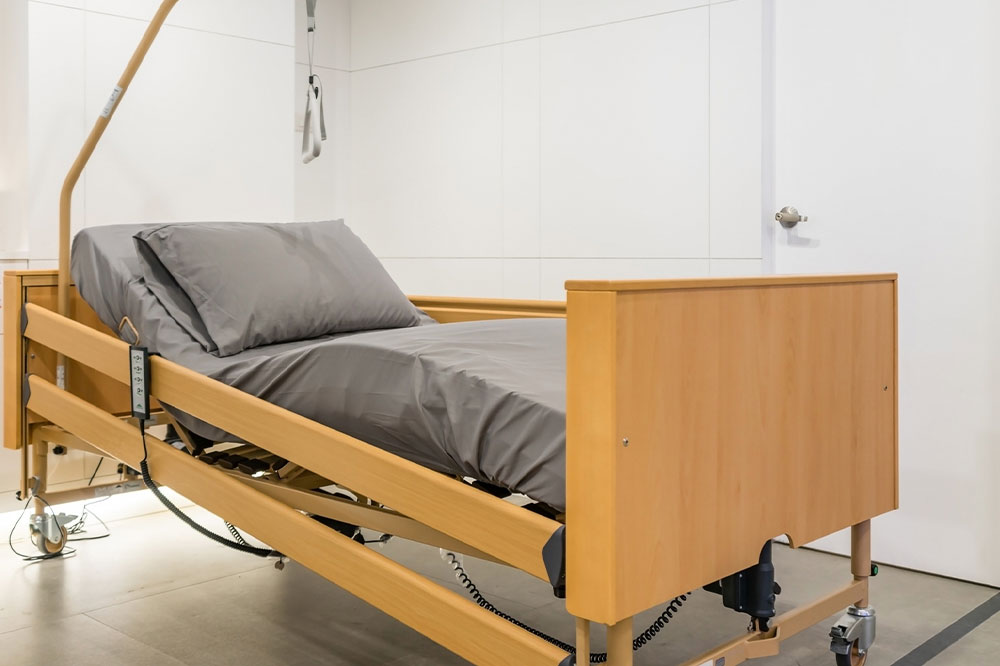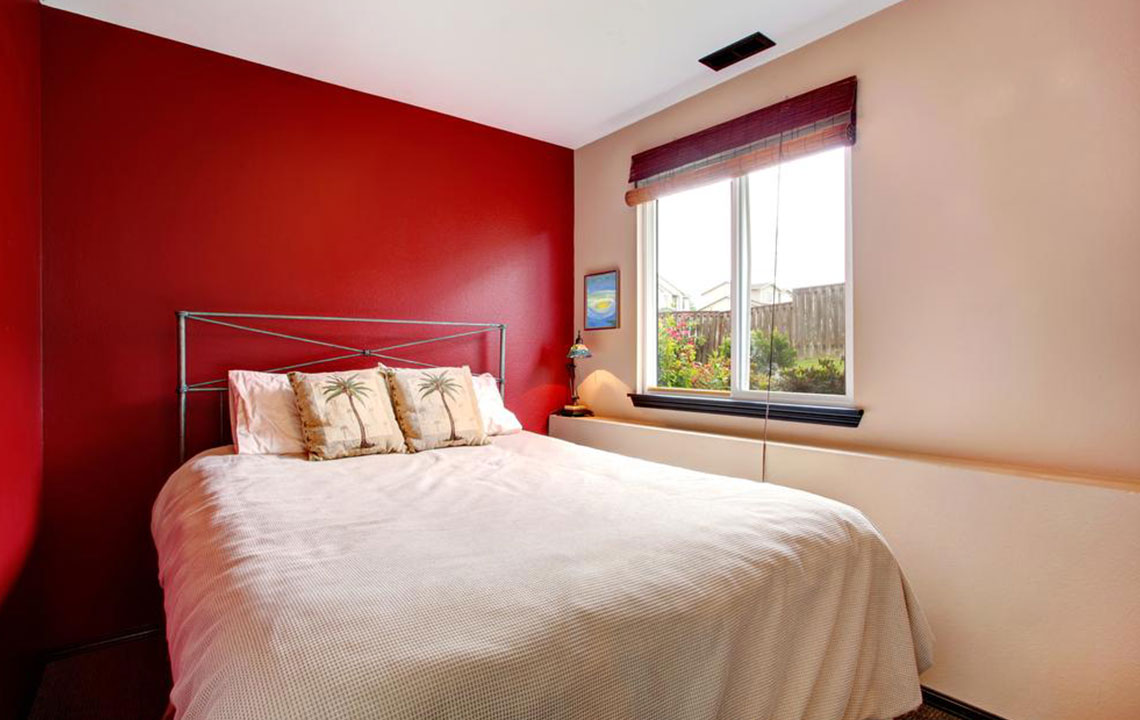Comprehensive Guide to Adjustable Sleep Surfaces
This comprehensive guide explores adjustable beds, highlighting their features, benefits, and suitable mattresses for home and hospital use. It covers manual and motorized options, with detailed insights into technological features and mattress compatibility to help users choose the right sleeping solution for comfort and health.
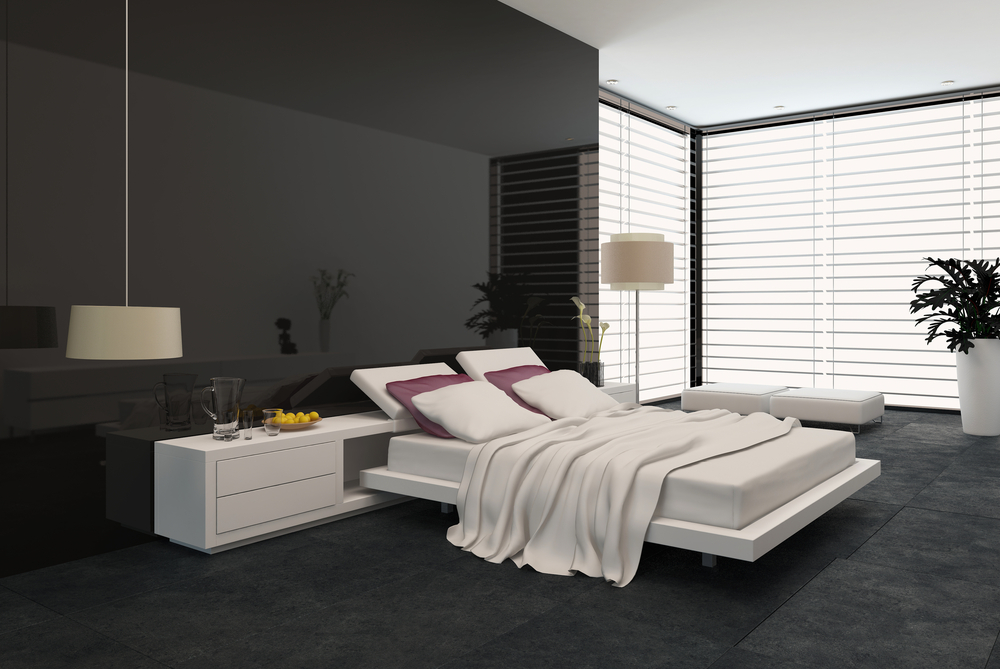
Comprehensive Guide to Adjustable Sleep Surfaces
Adjustable beds are designed to allow users to modify their position for enhanced comfort. This is achieved through hinges that enable different configurations. Initially popular in hospitals, adjustable beds have been utilized in home settings for over three decades.
Market options include manual and motorized versions, with motorized models becoming increasingly popular due to ongoing mattress innovations.
These beds are beneficial for individuals recovering from surgery, improving blood circulation, easing breathing disorders, and managing swelling. They also provide relief from back pain, neck discomfort, and acid reflux.
Key features include adjustable angles for the upper and lower body, height modifications, and multi-segment configurations to match user needs. They are available in various sizes, such as king, queen, and twin, with high-quality, flexible mattresses.
Many modern adjustable beds are divided into segments for synchronized movement. Today, these beds are popular not only in hospitals but also in homes for relaxation, watching TV, or reading.
Home-Use Adjustable Beds
Designers focus on creating luxury adjustable beds that promote proper posture. The beds aid individuals with mobility issues and medical conditions. Wireless controls are common, allowing users to adjust head, leg, and pillow positions easily. Features like massage functions, under-bed lighting, emergency power backup, and mattress retainers enhance convenience and safety.
Compatible Mattresses for Adjustable Beds
Flexible, pressure-resistant mattresses suitable for various inclines include memory foam, latex foam, traditional spring, and air beds. Memory foam provides comfort by conforming to the body, reducing pain. Latex mattresses, natural or synthetic, are durable and flexible. Traditional spring mattresses are less adaptable and require replacement more frequently. Air mattresses contain pressurized chambers and foam layers but can be stiff when bent.
Hospital-Grade Adjustable Beds
Heavy-duty hospital beds are constructed from steel and equipped with castor wheels. They come in three categories: fully automatic, semi-automatic, and manual. Fully automatic beds include control panels for comprehensive adjustments, making it easier for patients to get in and out. Semi-automatic models require manual effort for height adjustments, while manual beds operate solely with cranks.

